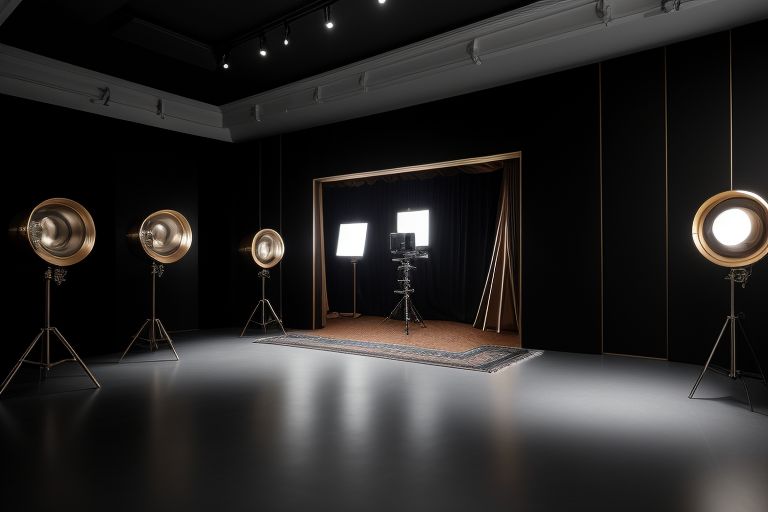Have you ever marvelled at the seamless creation of captivating studio background images or the effortless setup of scenes for videos and images? The secret behind such visual magic lies in the realm of AI-powered text-to-image tools, transforming simple prompts into visually stunning backdrops. In this blog post, we embark on an enlightening journey to explore three distinct AI tools, each promising to redefine the way we craft our visual narratives.
The Excitement Unfolds: Navigating the World of Text-to-Image Tools
The blog unfolds with a promise – an exploration of AI tools that can transform text prompts into stunning studio background images. The anticipation builds as we delve into the content, eager to unravel the capabilities of these transformative tools.
1. Leonardo.ai
Our journey commences with Leonardo.ai, presenting itself as an artistic visionary in the realm of text-to-image transformation. With a simple prompt, the tool pledges to deliver realistic studio backgrounds. The narrator guides us through the process, emphasizing the importance of adjusting settings for the desired outcome. The resulting images showcase the power of Leonardo.ai, leaving the creator impressed with the genuine and realistic feel of the generated backgrounds.
2. Adobe Firefly
Next in line is Adobe Firefly, offering a unique perspective on studio backgrounds. The narrator expertly walks us through the process of pasting prompts, adjusting ratios, and generating images. A noteworthy feature of Adobe Firefly is its ability to edit and modify elements within the image, providing a level of customization that resonates with content creators. A captivating comparison with Leonardo.ai sparks curiosity, prompting viewers to express their preferences in the comments section.
3. CapCut Text-to-Image
The third tool, CapCut Text-to-Image, enters the scene with promises of ease and efficiency. The video demonstrates the process of inputting prompts, generating images, and adjusting ratios for various platforms. The tool’s ability to resize images and adapt them to different ratios adds a layer of versatility, making it a compelling choice for creators seeking flexibility in their visual content.
Personalizing the Studio
The blog delves into the creative process, showcasing how each tool allows users to edit and refine generated images. From erasing unwanted elements to adding new prompts, the level of customization offered by these tools empowers content creators to mold their visions into reality.
Viewer Participation
The blog takes an interactive turn by encouraging readers to share their preferences in the comments section. A call-to-action prompts users to express which studio background – whether from Leonardo.ai, Adobe Firefly, or CapCut Text-to-Image – resonates with them the most.
Conclusion
As the blog concludes, readers are armed with insights into the capabilities of three AI tools, each offering a unique approach to transforming text into stunning studio backgrounds. The invitation to subscribe ensures that readers stay connected, ready to explore more transformative content in the world of AI-driven creativity.
In the space of AI-powered creativity, the tools highlighted in this blog open up a world of possibilities for content creators and designers. The journey into the realm of text-to-image tools leaves us inspired and eager to explore the limitless potential of AI in shaping our visual narratives.


Leave a Reply